Correct policy
To realize the policy of planting large timber forests, in 2019, Quang Ninh province issued Resolution 19-NQ/TU on sustainable forestry development to 2025, with a vision to 2030 and Resolution 337/2021/NQ-HDND stipulating a number of specific policies to encourage sustainable forestry development such as allocating annual investment budget for forestry development, supporting seedlings and bank interest rates for forest planters.
Over the past 5 years, Quang Ninh province has mobilized over 444 billion VND to carry out the tasks of forest management, protection and development, new forest planting, reforestation after exploitation and improving the quality and productivity of forest planting. In the period of 2017-2022, the whole province planted 73,746 hectares of concentrated forests. In the first 4 months of 2023 alone, the whole province planted 5,972 hectares of concentrated forests, of which over 380 hectares were planted with lim, giổi and lát.

In order to concretize the province's policy, the mountainous district of Ba Che has developed a project to develop large timber plantations in the period of 2019-2025, with the goal of forming and stably developing a large timber area of 5,000 hectares by 2025, meeting the demand for large timber for deep processing and export. In 2023, Ba Che district sets a target of planting over 940 hectares of large timber and indigenous trees. Of which, the area of lim, lat, gioi is 420 hectares, the area of indigenous trees such as cinnamon, pine, and sa moc is 520 hectares and 120 hectares of medicinal plants such as yellow tea flower, morinda, and cat sam.
Talking to reporters, Head of the Department of Agriculture and Rural Development of Ba Che district, Vi Thanh Vinh, said that in order to remove difficulties for the people, Ba Che district has established a working group to propagate and mobilize households and individuals to register to plant large timber forests and native trees. At the same time, 100% of the cost of buying seedlings, low-interest loans, and proposed plans to plant valuable local medicinal plants under the canopy of large timber forests so that forest growers have an additional source of income to cover their living expenses.
Mr. Trieu Kim Phuong, in Tau Tien village, Don Dac commune, Ba Che district, shared, my family, like many other households in the village, was born in the mountainous area, familiar with forestry work, previously planted acacia, after 5 to 6 years of harvesting, but the selling price was unstable, so the income was not worth much and the land quickly became infertile. Since the family received capital support, the seedlings have been switched to growing cinnamon, with 500 cinnamon trees being harvested, helping the family have a stable source of income, improving their lives.
Improve people's lives
Although the advantages of planting large timber forests are known, changing people's thinking about sustainable forest planting is not easy, especially for ethnic minority mountainous areas. Therefore, Quang Ninh province, with its incentive policies and creating conditions for the development of large timber forests along with active propaganda and mobilization of people, has gradually brought about effectiveness. People are supported with seedlings, technical support and guidance on planting short-term trees and native trees interspersed under the canopy of large timber forests, gradually bringing stable and long-term income, as well as giving people peace of mind in production.
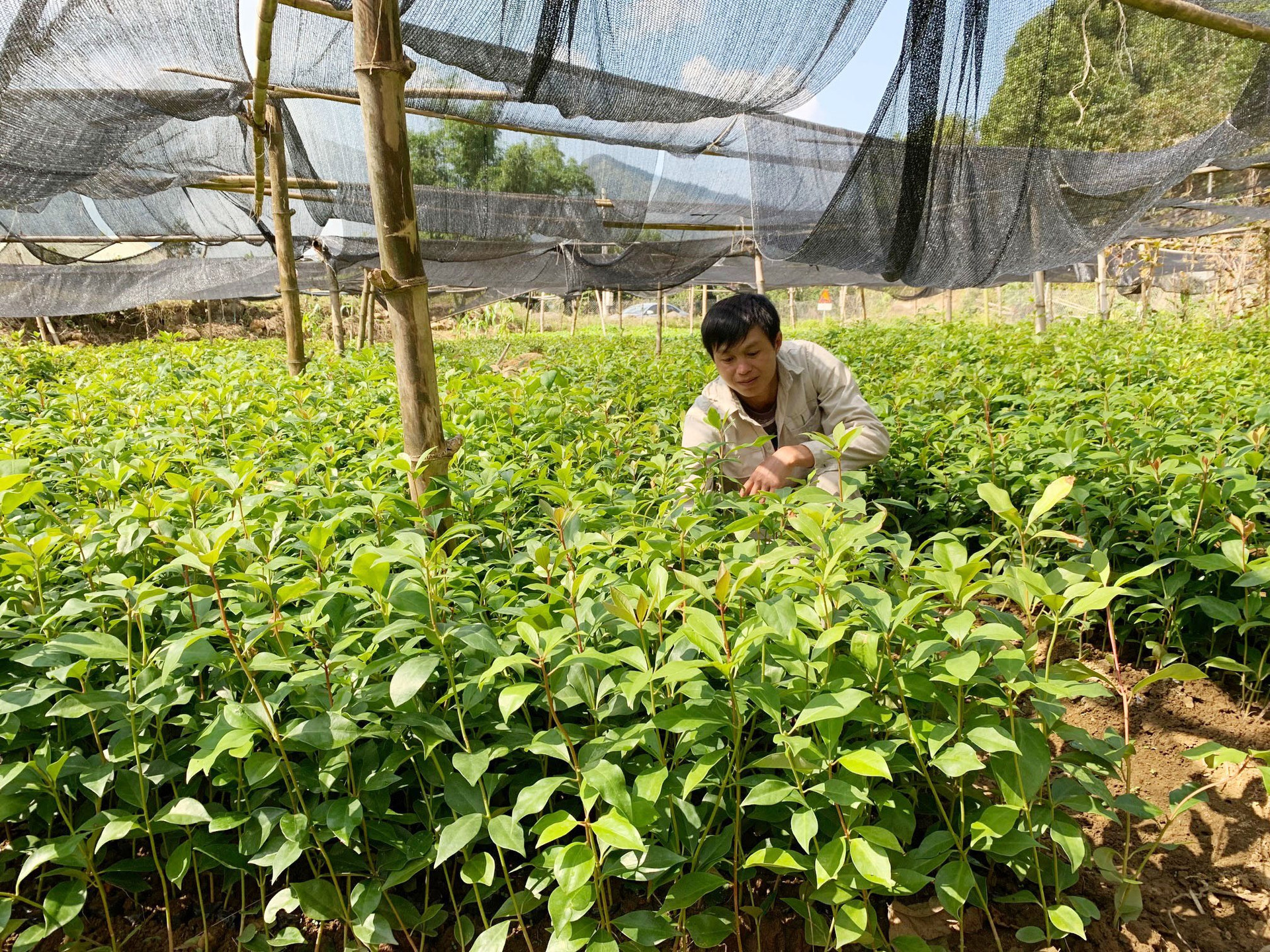
Mr. Vi Thanh Vinh added: Ba Che district has planned medicinal plant growing areas, implemented the Project on Conservation and Development of Medicinal Plants in the district for the period 2021 - 2025, in which the goal is to plant more than 100 hectares/year of medicinal plants. At the same time, build a model of linking production, preservation, processing and consumption of medicinal plants in the northern mountainous region in Thanh Lam commune with the main product being the Morinda officinalis plant intercropped under the canopy of acacia, tram, giổi, and fruit trees, yielding 5 tons/ha, earning 350 million VND/ha/year.
In Dam Ha district, according to the plan in 2023, 765 hectares of large timber trees, indigenous trees such as ironwood, lat, giổi, cinnamon, and other scattered trees will be planted. From the beginning of 2023 to now, the whole district has planted over 250 hectares of ironwood, lat, giổi, and cinnamon. At the same time, the district continues to propagate and encourage people, especially ethnic minorities, to actively convert acacia planting areas to large timber trees and cinnamon for high income and stable life.
Mr. Ly Van Nhi, Na Thong village, Quang An commune shared that his family used to grow more than 4 hectares of acacia, but the income was low, so it was just enough to eat. Thanks to the encouragement of the government, the family in the village has grown cinnamon trees, which have an income many times higher than acacia trees. My family is determined to convert 4 hectares of acacia to grow large timber trees and cinnamon trees, interspersed with native trees to have immediate income and stabilize life.
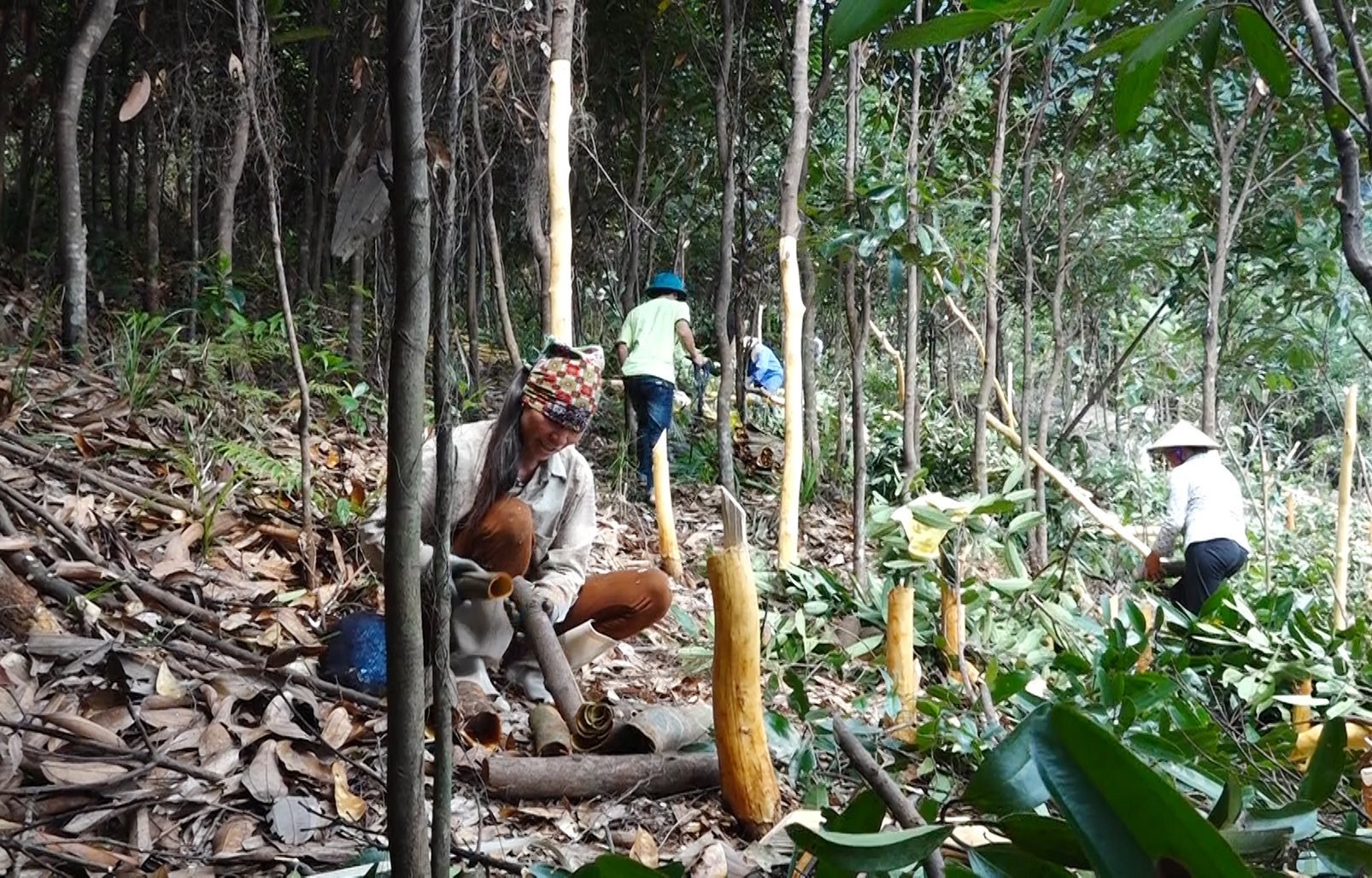
Talking to reporters, Vice Chairman of Dam Ha District People's Committee Tran Anh Cuong said that in the coming time, the district will encourage units, organizations and enterprises to implement planting large timber forests and native trees according to the orientation with key tree species to develop large timber forests on the basis of rational and effective use of forestry land area and close to, in accordance with the local large timber forest planning, ensuring high productivity and quality, as well as focusing on developing economic models under the canopy of large timber forests.
Thanks to that, currently, the whole Quang Ninh province has only 102 poor households, accounting for 0.026%; 2,454 near-poor households, accounting for 0.635% of the total number of households in the province. Of which, Ha Long city has no more poor or near-poor households; 3 localities: Quang Yen town, Co To district, Van Don have no more poor households; the remaining 9 localities have a poverty rate of less than 1%.
The large timber forests that have been gradually formed have brought economic benefits to households, created jobs, helped eliminate hunger and reduce poverty for ethnic minorities in mountainous and island areas. At the same time, they have contributed to protecting the environment and ecology, responding to climate change, and protecting people from natural disasters and storms and floods.
In just 2 years (2021-2022), Quang Ninh province has piloted the application of a policy to support the planting of large timber and native trees in Ha Long city and Ba Che district. Up to now, 896 forest owners, households and individuals, have participated in planting over 1,700 hectares of large timber and native trees from the Bank for Social Policies with a total amount of VND 8.48 billion. Thanks to that, the quality of the forest has been significantly improved, bringing the total area of native trees to replace acacia trees to 7,580 hectares in the province.
Source





![[Photo] Looking back at the impressive moments of the Vietnamese rescue team in Myanmar](https://vstatic.vietnam.vn/vietnam/resource/IMAGE/2025/4/11/5623ca902a934e19b604c718265249d0)

![[Photo] "Beauties" participate in the parade rehearsal at Bien Hoa airport](https://vstatic.vietnam.vn/vietnam/resource/IMAGE/2025/4/11/155502af3384431e918de0e2e585d13a)



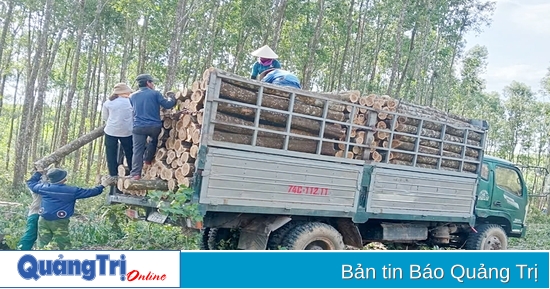
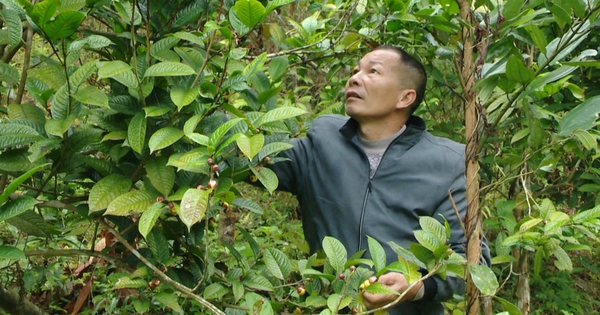

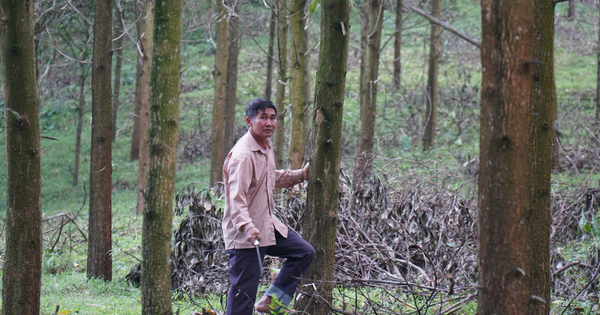



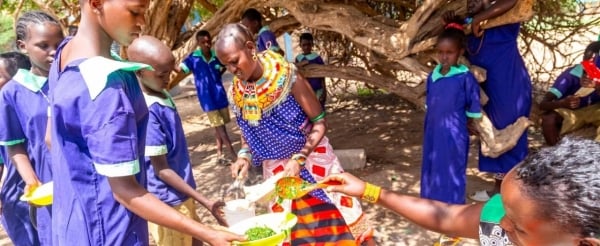








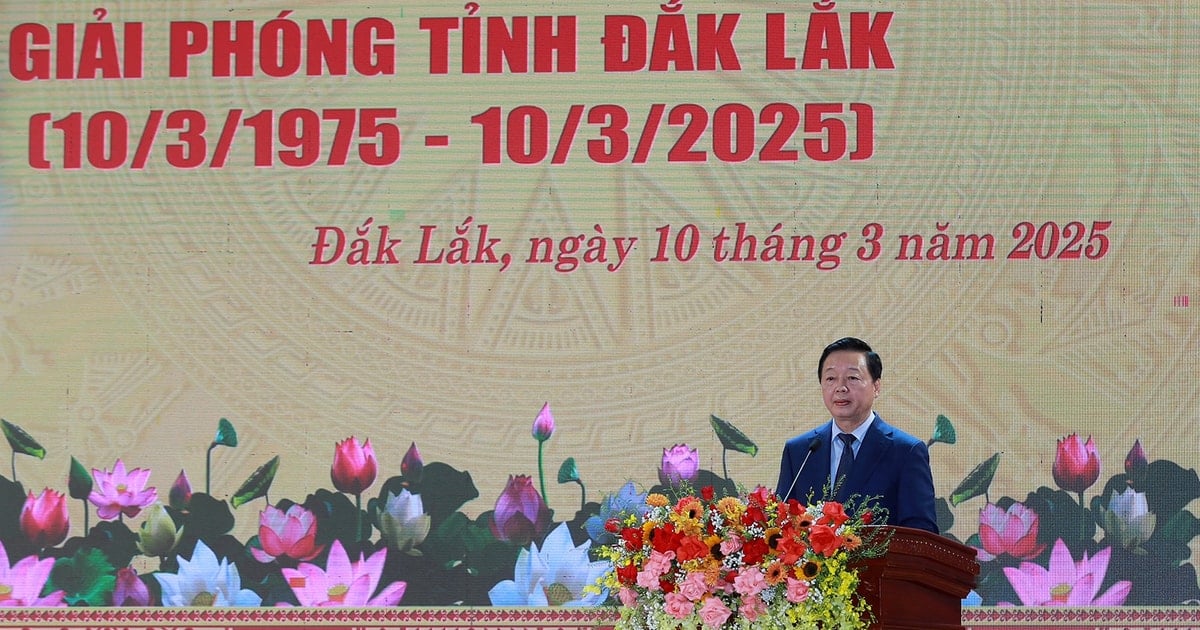



![[Photo] Summary of parade practice in preparation for the April 30th celebration](https://vstatic.vietnam.vn/vietnam/resource/IMAGE/2025/4/11/78cfee0f2cc045b387ff1a4362b5950f)









































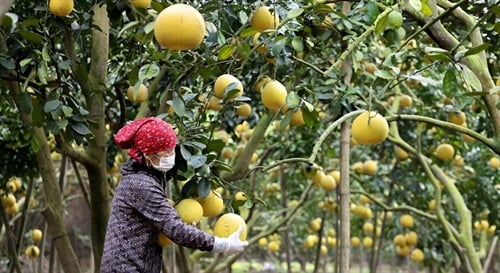

















Comment (0)